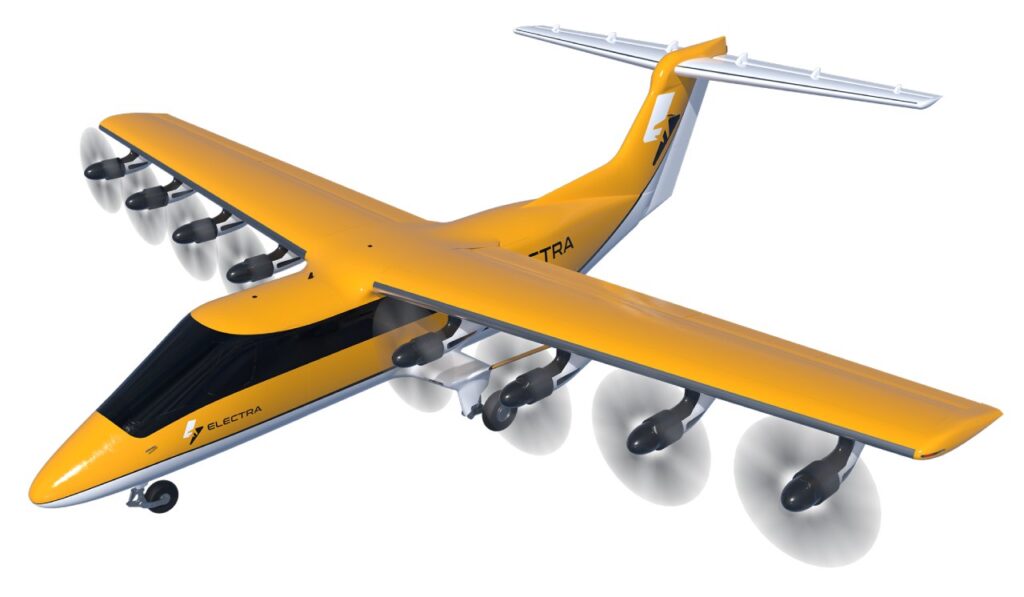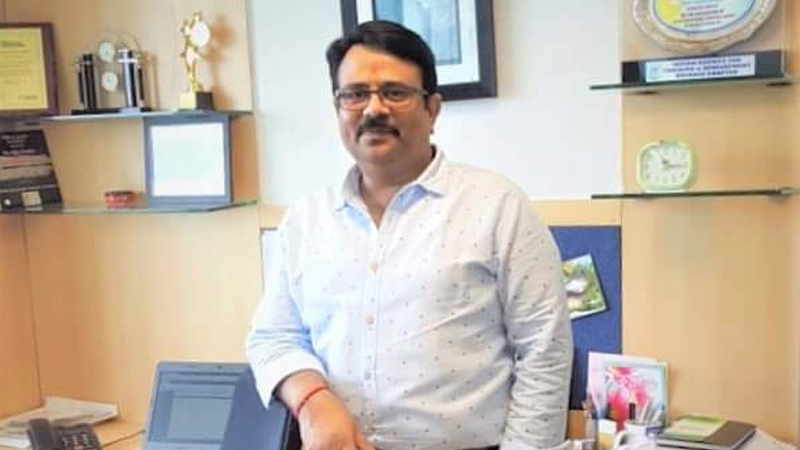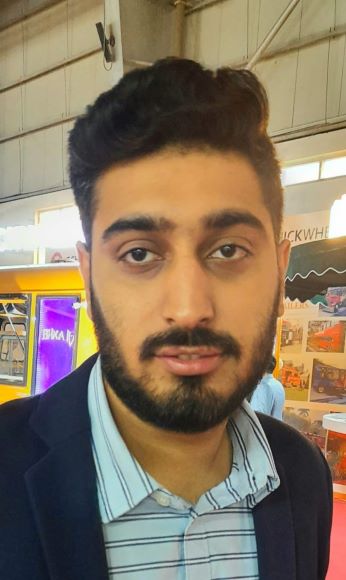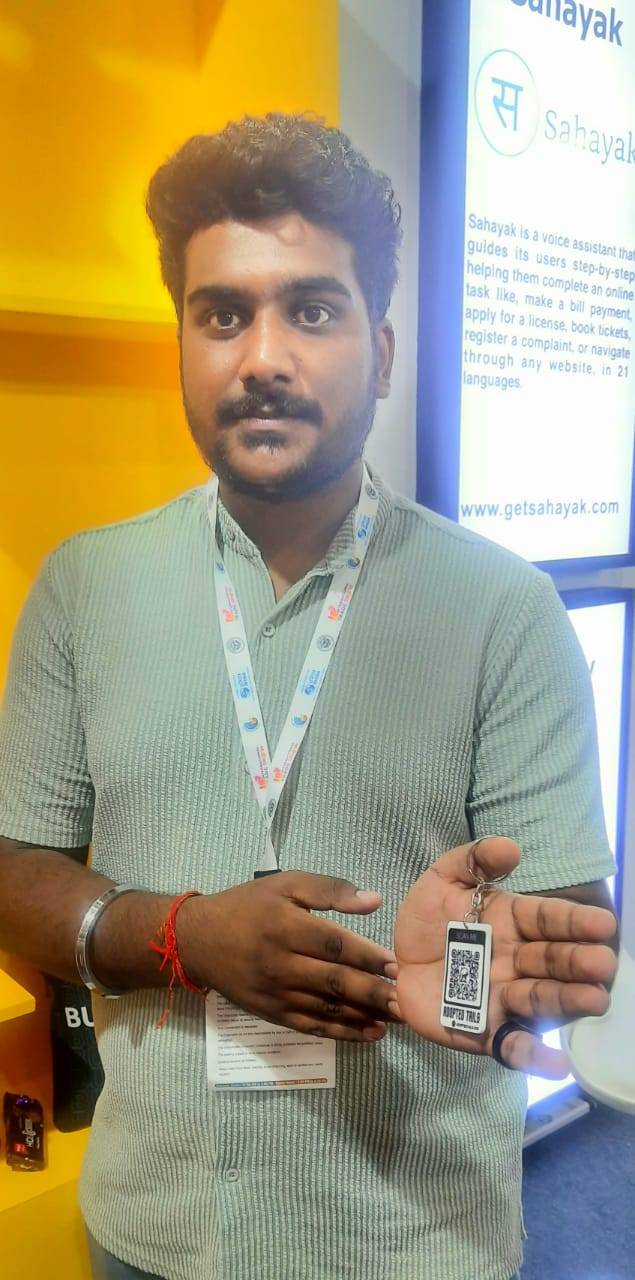Electra, a trailblazing aerospace company, is redefining regional air mobility through cutting-edge sustainable aviation solutions. The company is on a mission to deliver affordable, accessible air travel—free from the limitations of traditional airports, emissions, and noise pollution.
At the heart of Electra’s groundbreaking vision lies the development of Ultra Short Takeoff and Landing (eSTOL) aircraft, powered by patented blown-lift technology. This innovative design enables takeoffs and landings in spaces as small as 150 feet, equivalent to a soccer field, while maintaining the safety and efficiency of fixed-wing aircraft. Its hybrid-electric propulsion system offers unmatched versatility, delivering clean, quiet operations ideal for urban areas alongside extended range for long-distance routes.
In November 2023, Electra reached a pivotal milestone with the successful first flight of its piloted technology demonstrator, the Goldfinch EL-2. This achievement validated the safety and performance of its advanced blown-lift technology and hybrid-electric propulsion system. By early 2024, Electra had garnered global recognition, securing over 2,000 pre-orders from more than 50 operators worldwide. These impressive numbers underscore the industry’s confidence in Electra’s bold approach to decarbonizing aviation.
Driven by a relentless commitment to innovation and sustainability, Electra is poised to transform regional air mobility. The company’s solutions promise to make air travel more efficient, eco-friendly, and accessible to underserved communities worldwide.
In an exclusive conversation with The Interview World, Marc Ausman, Chief Product Officer at Electra, shared how the company is reshaping the future of air travel with its revolutionary small aircraft. He highlighted their partnerships with civil aviation stakeholders in India, emphasizing the safety and reliability of these aircraft. Marc also provided valuable insights into market opportunities and explained how small aircraft could make air travel affordable and accessible on a global scale.
Here are the key takeaways from his compelling discussion.
Q: How does Electra plan to revolutionize air travel with its small aircraft? Could you elaborate on your approach to navigating regulatory approvals, fostering collaborations in India, and the specifics of your aircraft designs and partnerships?
A: Electra, a pioneering aircraft manufacturer based in the United States, is transforming aviation with its patented Ultra Short Takeoff and Landing (eSTOL) aircraft. Unlike traditional planes, these aircraft operate without the need for conventional airports, unlocking new possibilities for regional and urban air mobility. At Bharat Mobility, we’re collaborating with partners like JetSetGo and Blade India, along with several other customers, to introduce this revolutionary technology in India.
Our nine-passenger hybrid-electric aircraft is designed for the direct aviation market, bringing people closer to where they live, work, and play. With the ability to take off and land in spaces as small as a soccer field, these aircraft eliminate the need for large airports, offering a groundbreaking solution that doesn’t exist in aviation today. The fixed-wing design supports quieter, more sustainable operations at a fraction of the cost of helicopters, making it ideal for urban environments and remote regions alike.
This innovation promises to revolutionize air travel in India by addressing unique challenges and unlocking untapped markets. For instance, in densely populated cities like New Delhi, our aircraft can facilitate seamless travel from one side of the city to the other or connect nearby areas like Greater Noida. Similarly, we can link small villages near Delhi or Mumbai directly to major airports, offering a level of connectivity that traditional aviation cannot match—all while maintaining lower operational costs.
Our aircraft also opens doors to regions with limited infrastructure, such as the rugged and mountainous northeast of India. Large airports are impractical in these areas, and helicopters remain prohibitively expensive. With our eSTOL technology, we provide helicopter-like operational flexibility at the cost of a standard airplane, making air travel affordable and accessible to underserved communities.
This breakthrough in aviation aligns with the future of sustainable transportation. By combining hybrid-electric propulsion with innovative design, we’re not just offering a new way to fly—we’re enabling a greener, quieter, and more cost-effective solution that redefines regional connectivity. Together with our partners in India, we are set to unlock the true potential of aviation for cities, towns, and remote areas alike.
Q: Do Electra’s small aircraft require a runway for takeoff and landing, or are they capable of vertical lift operations?
A: Our aircraft does not perform vertical lift because vertical lift technology is both highly complex and prohibitively expensive. Instead, we operate as a standard airplane enhanced with innovative technology, enabling operations from extremely short runways. This approach significantly reduces costs compared to vertical lift aircraft while offering much greater range.
Unlike electric vertical take-off and landing (eVTOL) aircraft, which are ideal for short trips of up to 100 kilometers, our aircraft excels in covering hundreds of kilometers. This capability allows us to connect remote villages to major hubs, such as primary airports, and establish robust connectivity networks in regions like Northeast India or central India.
The opportunities are vast. Helicopters, by comparison, are too expensive, excessively noisy, and maintenance-intensive, with no clear path to sustainability. Our solution addresses all these challenges, delivering affordability, efficiency, and a quieter, greener future.
Q: How does Electra ensure the safety and reliability of its aircraft when operating in challenging terrains such as Northeast India and other hilly regions?
A: This aircraft is safer than traditional aircraft, helicopters, and single-engine turboprops. In fact, I would argue it’s even safer than twin-engine turboprops, which can be challenging to fly under certain failure conditions. The key to its safety lies in its design. It features eight electric motors along the front of the wings, supported by four independent battery packs and a turbo generator that powers both the motors and the batteries. In the event of a motor or propeller failure, the remaining seven motors provide the necessary redundancy to ensure safe operation.
Additionally, this aircraft is equipped with a fly-by-wire system, a technology typically not found on aircraft of this size. This system allows the computer to control the aircraft, ensuring that the pilot’s inputs are guided and monitored. Computers excel at this task—constantly tracking the aircraft’s performance and preventing pilot errors. Together with the significant redundancy in its systems, the fly-by-wire technology ensures the aircraft can handle wind gusts and unpredictable weather conditions.
Moreover, this aircraft is capable of operating in challenging weather, including heavy clouds and fog. Its advanced technology and robust safety features make it far more capable and safer than traditional aircraft. This is why it is ideal for regions like Northeast India, where rugged terrain and unusual wind conditions demand the highest levels of reliability and safety.
Q: What market opportunities does Electra envision in India, and how does the company plan to tap into them?
A: India presents a vast and promising market, driven by its expansive geography. The Northeast, with its rugged terrain, presents a clear opportunity for our aircraft. But it’s not just the rural areas—India’s large cities, home to tens of millions of people, also offer immense potential. Take Delhi, Mumbai, or Bangalore, for example. We can quickly travel across the city, bypassing the notorious traffic congestion. Every time I visit India, I’m stuck in that traffic—something I know all too well, and I’m sure many of you do too.
Our aircraft can soar above the gridlock. If there’s a soccer field, we can land on a runway the size of it. This opens up incredible opportunities, not only for rural and mountainous regions but also for navigating densely populated urban areas.
India’s growing population, coupled with an expanding middle class, further fuels the demand for better connectivity. With a booming economy, an influx of new businesses, and a rapidly expanding airline sector, the need for efficient transportation is clear. All these factors make India an ideal environment for our aircraft, positioning it for significant success in this dynamic market.
Q: How does Electra plan to make air travel with its small aircraft affordable compared to traditional modes of transportation?
A: Affordable air travel hinges on two key factors: the aircraft itself and the operator’s business model. On the aircraft side, we are paving the way for a more sustainable future with electric technology. This path aligns perfectly with the goal of affordability.
The second critical element is the operator’s approach. To make air travel more affordable, operators need to maximize revenue by filling aircraft with passengers or cargo. The more customers they can carry, the lower the ticket prices can be. Our aircraft, with its nine-seat configuration, hits the sweet spot for smaller regional connectivity. We believe 19 seats are too many, and four are too few—nine is ideal.
These aircraft will provide much-needed connectivity, though it’s important to note that air travel will always carry a premium, especially with new technology. Initial costs are higher, but prices will decline over time. As digital technology, batteries, and electric motors become more affordable, the cost of operating these aircraft will decrease, making air travel even more accessible in the future.










1 Comment
Its like you read my mind You appear to know a lot about this like you wrote the book in it or something I think that you could do with some pics to drive the message home a little bit but instead of that this is fantastic blog An excellent read I will certainly be back
Comments are closed.